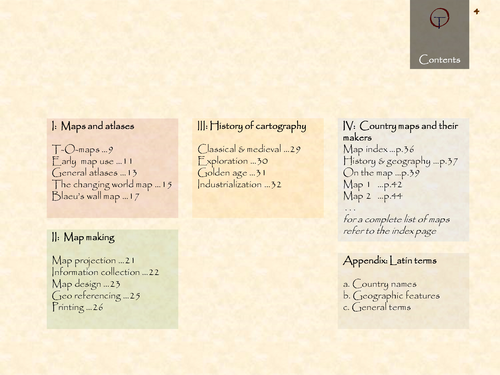
























Canada in 47 historical maps: 1507-2018 (140 pages).
The name Canada is derived from the Algonquin word Kanada, which means “village”. The name appeared for the first time on French world maps in about 1540. The name Quebec was used on early maps to identify newly discovered parts of Canada. The name was introduced by the French explorer Samuel de Champlain in 1608. The name Quebec is derived from the Algonquin word kébec, meaning “where the river narrows”. (Referring to the St. Lawrence River near modern Quebec City.) The name Canada originally only referred to a small area being part of a larger Eastern region called Nova Francia (in Latin), after it had been colonized by the French. After their independence from the UK, in 1867, the name Canada was soon adopted for the whole country as we know it today. The first separately printed maps of Canada did appear not until the 19th century.
Something went wrong, please try again later.
This resource hasn't been reviewed yet
To ensure quality for our reviews, only customers who have purchased this resource can review it
Report this resourceto let us know if it violates our terms and conditions.
Our customer service team will review your report and will be in touch.